Mimi's note: Each and every day animals throughout our world are slaughtered in the most inhumane fashion for NO other reason than to feed the vanity of human beings. Now, those dear animals that have lost their lives can help orphaned wildlife babies to live. Please, do all you can to help this most worthy endeavor. I cannot think of a better way to honor the dead than to help the living.
By Andrea Cimino If you strayed into the back office of our Fur-Free Campaign, you might think you were in a fur warehouse, rather than in the headquarters of an international animal protection organization. Our staff spends hours each week packing and labeling boxes of fur for shipping—not to fur shops, but to wildlife rehabilitators who use it as bedding for orphaned and injured wildlife such as raccoons, rabbits, foxes, squirrels, and even bobcats. Wildlife rehabilitators say the fur reduces stress in their animal patients, perhaps reminding them of the comfort of snuggling up to their mothers.
Everyday Heroes Donate Fur
Presidents of PR firms, fashion editors, and Long Island homemakers are just a few of the people who made the compassionate decision to
become fur-free and donate their fur to The HSUS. From Hawaii to Maine, from England to Slovenia, former fur wearers (and people who have inherited furs from relatives or friends) are proud—and often relieved—to donate their furs to The HSUS.
Each fur donor has their own story to tell. Many people who inherit fur have been long-time supporters of animal protection and would never dream of wearing fur. Yet they don't want to toss out the fur that a relative gave them, nor do they want to resell the fur, and have it be worn by somebody else. For them, donating the coat to help wildlife presents the perfect solution:
Sentimental and Squeamish: A donor from Costa Mesa, California, who sent us a mink stole told us, "I'm not comfortable wearing fur, and because it has sentimental value, I didn't want to just throw it away. Thank you for providing a great use for this fur."
Scared by a Stole: Another donor in Cary, North Carolina, parted with her grandmother's fur with a sense of humor. "Here is a scary-looking fur stole I found among my grandmother's belongings," she told us. "Hopefully the orphaned animals won't find it as disconcerting as I did."
Garish Gift: We also receive many donations from people who received fur as a gift, showing that fur is never a wise choice for a present, since so many people are upset about the animal cruelty inherent in fur garments. Not comfortable refusing the fur, and even more uncomfortable with the thought of wearing it, these people turn to the Coats for Cubs program.
Other donors tell us they purchased a fur item before they realized the extent of the
cruelty behind each fur coat, trimmed garment, or accessory. Through their HSUS membership, information from a friend, or an article or video on the fur industry, these fur donators say they realize that the animals need their fur more than we do. The images of animals pacing in tiny wire cages on
fur farms or caught in cruel devices such as the
steel-jaw leghold trap drive home the idea that fur is cruel and unnecessary. Giving fur back to animals can be an ideal way to provide a happy ending for an item with such a sad beginning.
Fleece Is Warmer than Fox: One donor told us that she bought a pair of fox fur-lined gloves upon moving to Alaska. Shortly afterward, she saw her first arctic fox, who was walking through her backyard. It dawned on her that the fur looked better on the fox than in her gloves, and she decided to donate them to Coats for Cubs. She even sent us a picture of herself wearing fleece garments in the great Alaskan outdoors, telling us how much warmer fleece is than fur.
Rethinking Rabbit: Another donor from Castleton, New York, thanked us for "making me aware of a good use for this rabbit fur coat. I certainly wasn't thinking of the unfortunate rabbits when I purchased it for my daughter about 15 years ago. We are both much more aware now, and are very pleased to know that it may help other animals recover."
New School of Thought: A donor from Middlebury, Vermont, wrote us, "I haven't known what to do with these fur coats for the past 25 years, ever since I became aware of the fur issue. I wish I had been made aware of it in school, before I ever had a chance to buy these two coats. Thanks for coordinating this effort."
Many of the furs donated to us are in near-perfect condition, and might have earned these everyday heroes a lot of money if they resold the items. But for many people, the chance to right the wrong done to the animals killed for their fur is more important than any financial gain.
The Cubs They Saved
The payoff of Coats for Cubs is helping injured and orphaned wildlife with the donated furs. Coats for Cubs has sent donated furs to wildlife centers such as The Fund for Animals'
Wildlife Rehabilitation Center in Ramona, California,
Larimer Humane Society in Fort Collins, Colorado, the
Ohio Wildlife Center in Columbus, Ohio, the
North Island Wildlife Recovery Association in Errington, British Columbia,
Helping Arkansas Wild "Kritters" (HAWK) in Russellville, Arkansas, and to independent wildlife rehabilitators licensed by their state wildlife agencies.
While we send furs to wildlife rehabilitators all over North America, we've given extra to the Gulf area in recent months. Suzy Heck of Heckhaven Wildlife Rehabilitation Center in Lake Charles, Louisiana, thanked us for sending the furs, explaining that because the center lost everything "due to Hurricane Rita and the flood after, these furs will be much appreciated. We are getting animals in, many still storm related, and soon, the orphans will be appearing."
Anna Harvey, a rehabilitator in Osceola, Iowa, took in a litter of orphaned opossums from a woman who climbed into a dumpster to rescue them. Their mother had been hit by a car, and someone had thoughtlessly thrown the litter into the dumpster. Harvey used our donated fur to

comfort the orphans, and reported that they responded well to the fur. "The woman who rescued the opossums from the dumpster is a big hero, as are the people who sent the furs to you. Opossums love the long fur. They are doing well and eating a bit on their own," she wrote to us.
Tracy Beasley, a rehabilitator in Davis, Oklahoma, told us, "my favorite thing to do with the furs is to sew them into pouches of different sizes with draw string tops. They are excellent for orphaned opossums and raccoons. It makes them feel secure and keeps them warm."
In one case, the fur from Coats for Cubs made the difference between life and death. Lynne Slater, a rehabilitator in Arkansas, received a week-old bobcat whose mother had been killed by a car. Slater tried removing the bobcat kitten from the bed at feeding time several times, but the kitten simply would not suckle a baby bottle. Then inspiration struck, and she cut a hole in a Coats for Cubs fur, stuck the baby bottle nipple through the hole, and voila, the kitten drank hungrily. This technique worked until weaning time. Slater said, "Without the Coats for Cubs program, we wouldn't have been able to help this bobcat kitten survive. Thanks so much."
What Kind of Furs do People Donate?
The boxes of fur we ship out to wildlife rehabilitators contain common types of fur like mink, fox, rabbit, and raccoon. Occasionally we receive rarer types of fur, such as lynx and
seal fur. The strangest coat of all was a vintage monkey fur coat, now fortunately
illegal under CITES.
The donations range from full length fur coats to accessories such as stoles, capes, hats, and handbags, and
fur trimmed items such as gloves and jackets.
How Do I Donate?
The HSUS is partnering with
Buffalo Exchange, a vintage clothing chain with 25 stores across the country, to collect all kinds of fur, including coats, trim, and accessories. Now through Earth Day, April 22, 2006, you can bring your fur to any Buffalo Exchange store and let the staff know it is a donation for The HSUS.
Click here for a list of store locations.
How Will I Know That The HSUS Has Received My Donation?
If you want to receive a letter of thanks, please include a note inside the box stating your email address or your mailing address requesting an acknowledgment. If you've requested an acknowledgment, you will be sent a letter of thanks 2-3 weeks after the fur has arrived. Please save this letter if you want to claim a tax deduction.
What Do I Need to Do If I Want to Claim a Tax Deduction?
If you itemize deductions, you can claim the fair market value of your donation. The fair market value is the amount for which you could sell the fur today—not how much it cost to purchase the fur. This is a judgment call that you will have to make, based on the condition and type of the fur. If you value the fur at $5,000 or more, the Internal Revenue Service will require a "Qualified Appraisal." You must have this appraisal performed before you donate the fur. You may need to include the letter of receipt from The HSUS in your tax returns. If you have any questions, you may want to consult your tax attorney.
I Am a Wildlife Rehabilitator—How Can I Participate?
As more people hear about this wonderful way to aid wildlife, fur donations to The HSUS increase. We are always looking for wildlife rehabilitators who will give the fur back to the animals. If you would like to help, just send an e-mail to
furfree@hsus.org, call 301–258-1490, or write to
The Humane Society of the United States
2100 L St., NW
Washington, D.C. 20037
Attn: Coats for Cubs
To claim a tax deduction for your gift, please mail it directly to The HSUS. Simply pack up the fur in a sturdy box and send it to:
The Humane Society of the United States
2100 L. St. NW
Washington, DC 20037
attn: Coats for Cubs
Please make sure to include your full name and address so The HSUS can mail you a letter suitable for claiming a tax deduction. For more information on the program and claiming a tax deduction, see
www.hsus.org/furdonation.



 comfort the orphans, and reported that they responded well to the fur. "The woman who rescued the opossums from the dumpster is a big hero, as are the people who sent the furs to you. Opossums love the long fur. They are doing well and eating a bit on their own," she wrote to us.
comfort the orphans, and reported that they responded well to the fur. "The woman who rescued the opossums from the dumpster is a big hero, as are the people who sent the furs to you. Opossums love the long fur. They are doing well and eating a bit on their own," she wrote to us.


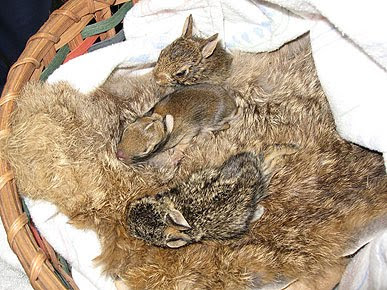







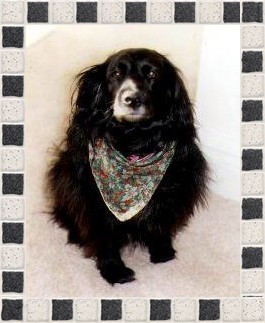
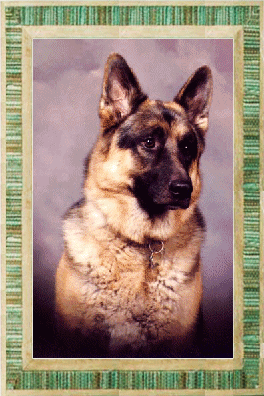


.jpg)



















.JPG)




































.JPG)






























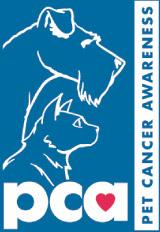


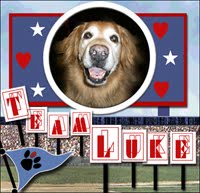.jpg)


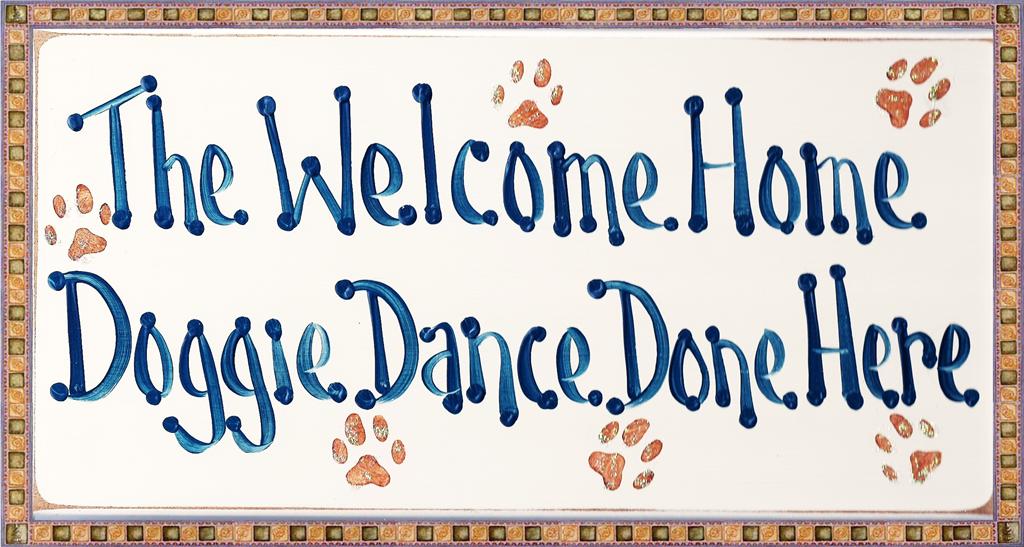
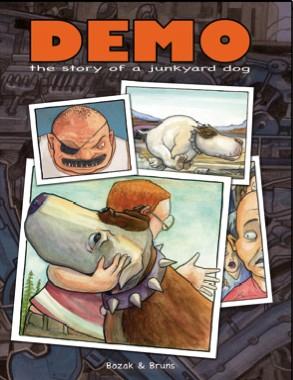

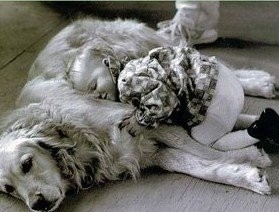

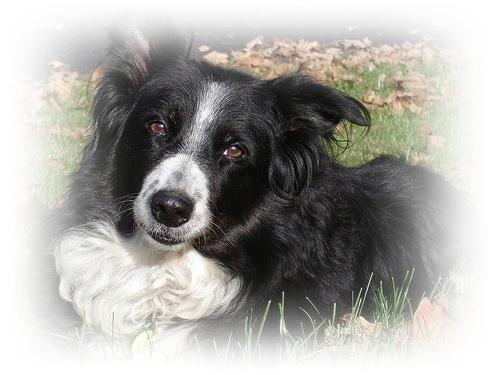




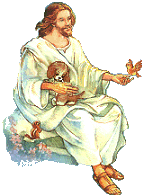
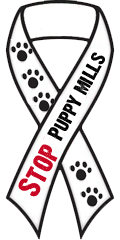
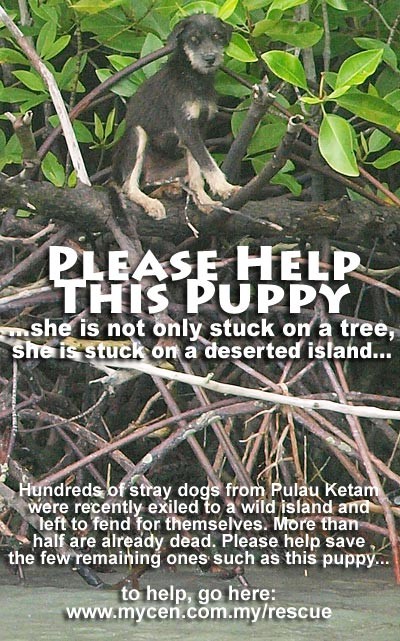











15 comments:
Hey you guys. Tell mom not to worry about the prizes. I need to collect info from all the winners and then I will send out contact info. No hurry.
Slobbers,
Mango
Hey you guys. Tell mom not to worry about the prizes. I need to collect info from all the winners and then I will send out contact info. No hurry.
Slobbers,
Mango
Thanks for the information. I will pass it on to anyone I know that does have a fur coat.
Thanks for the good info.. There is no longer any reason for humans to need FUR.
Thanks for passing this on to us! I never knew about this program and think I will post about it on my other blog today!
Thanks for the great info.
Love,
Teddy Bear
Thank you for this post...
Our house is fur-free, except for the Labs and they wear it proudly!!!
~K
Another great post!!
Thanks for all the info. Nice to know.
If only more humans were human like WOO!
Hugz&Khysses,
Khyra
Thank you for this information- the world needs to know
love
tweedles
Thank you for passing all that on. I didn't know there were organisations that did that. Hugs GJ x
A good use for fur -- better than for clothes or trim.
What a great idea to get some good out of lots of bad.
~lickies, Ludo
what an excellent article!
thank you so much for posting this and for the great work hsus is doing!
Post a Comment